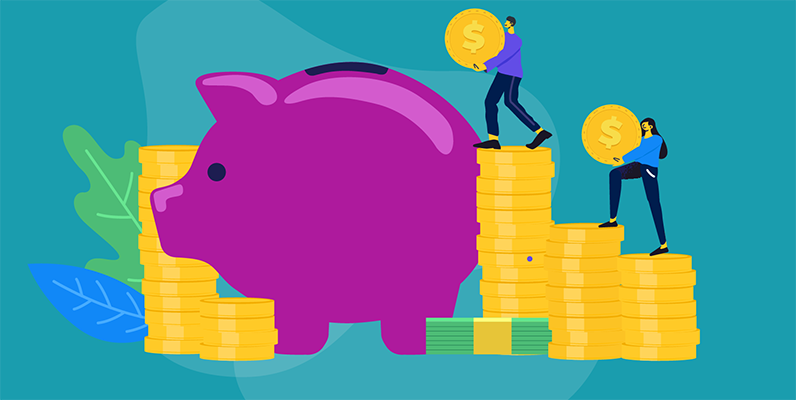Hi!
Great to hear you’re looking at what to do with your savings. Here are some pros and cons that may help with your decision:
Keep in reward saver account:
Pro- it is will be held in a ‘low risk’ asset, which is usually ideal for short term goals that you may like to save for in the next 1-3 years for example, travel or house renovations. Bank accounts savings of up to $250,000 are covered by the Australian Government deposit guarantee scheme. You may like to ensure you have an emergency fund saved in cash too, so it is easily accessible when you need it.
Con – interest rates are very low and there is no growth (only income) from cash bank accounts.
Invest in superannuation –
Pro – when it is put into superannuation pre-tax (concessional contribution) it may provide you with tax benefits. If it is put into superannuation as a post tax contribution (non-concessional) it may provide you with other benefits such as the Government co-contribution. Once it is received by your superannuation fund, it will be invested within MySuper or your chosen investment option – which will likely include some growth assets. This means, you may achieve a higher return over the long term because part or all of it may be invested in growth assets. The maximum tax rate on investment earnings whilst invested in superannuation is 15% (0% if you have retired and claiming an income stream) which could be lower than your marginal tax rate (for example, approx. 39% if you earn over $90,000). The compounding effect from the concessionally tax environment and investing in growth assets could set you up for a comfortable retirement.
Con – once it has been invested in superannuation, it is generally preserved and cannot be accessed until you have satisfied a condition of release. For example, if you were born on or after 1/7/1964, you will need to have retired or changed employers after age 60 to access the money.
So… here are some other options that you may like to consider if you have decided that investing in the reward saver account isn’t for you.
Pay off debt – there are 3 categories of debt – good, bad and ok debt.
Bad debt is debt such as high interest credit card debt. If you have this debt, you may like to pay this off first.
‘Ok’ debt is debt that is against your home and if not tax deductible to you. If you have this debt, you may like to pay this off too.
Good debt is tax deductible investment debt. Do the math… for example if you get 1% from your savings account, but your credit card is costing you 18%, you will immediately save lots of $$$ by paying off (and potentially closing down) your high interest credit card.
Invest outside superannuation – if you are keen to invest in growth assets but not keen on the preservation rules, you may like to consider using the money to invest in a portfolio, such as an investment property or shares… or even your own home. Again, do the math. If you are high growth investor and keen to invest most of your savings in growth assets, your average long term return is likely to be more than the potential 1% on your bank account savings. But this is not guaranteed and only if you are prepared to not need the money again (investment time frame) for at least 7 years.
Thank you
Gianna Thomson





















